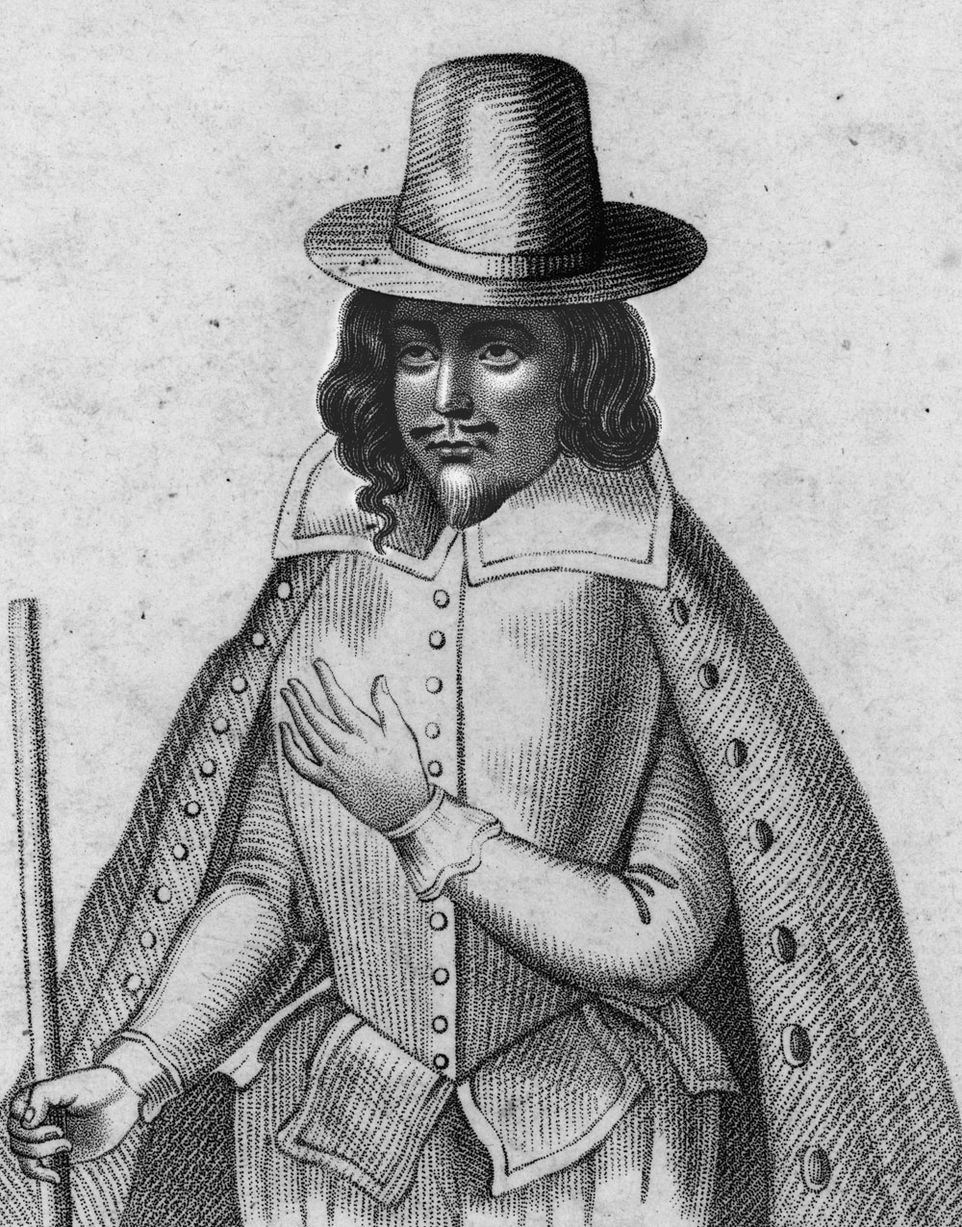Halloween History: The spellbinding tale of Essex’s ‘Witchfinder General’
by Ailsa Harvey · 28/10/2019

Many are preparing their witch costumes for October 31st, but how were these characters viewed in the past?
The profusion of pointy hats, cute costumes, sweets and, of course, pumpkins for carving capture our imagination every year. However, if you were to go back in time by 370 years, being accused of witchcraft was anything but fun, especially if the rumour stuck and you found yourself hauled up in front of Matthew Hopkins, the self-styled ‘Witchfinder General’. The subject of horror films, books and ghost stories in the three centuries since his reign of terror, Hopkins was born in Suffolk around 1620 and moved to Essex in his mid-twenties. Believed to have trained as a lawyer but failing to make a decent living, Hopkins used what legal skills he did have to forge a new and highly lucrative career as a witch finder.
Although it wasn’t made a capital offence in Britain until 1563, witchcraft was deemed heresy and denounced by Pope Innocent VIII in 1484. Those accused were typically elderly, poor women, who struggled through day to day life. If they had a cat or other pet, this was taken as proof that they were in league with the Devil, as domestic animals were held to be shape-changing ‘familiars’. Initially, proving that someone was indeed a witch was understandably problematic. Torture was illegal and everyone knew that the Devil would never tell the truth. Amid the turmoil of the Civil War and rampant anti-Catholic sentiment, Hopkins’ own Protestant faith and ingenuity soon found itself in demand.

This illustration from Matthew Hopkins’ The Discovery of Witches (1647), shows witches identifying their familiar spirits
Employing a practice that is familiar to today secret services, Hopkins and his assistant John Stearne would keep suspects awake. Hopkins believed that witches fed their familiars with their own blood; so by keeping them under guard he deprived them of their powers, also knowing that sleep-deprived, vulnerable people become delusional after several days. Due to this, confessions were made without resorting to physical means.
Having said that, Hopkins and Stearne weren’t afraid of using other, darker methods. So called Devils Marks, which we would call warts, moles or even flea-bites, were deemed to be signs of being a witch. What’s more, a Devils Mark was supposed to be impervious to pain. The ingenious Hopkins devised a ‘jabbing needle’ to see if these marks were indeed insensitive, but this 3-inch long spike was spring-loaded, meaning it retracted into the handle, so the needle never actually stabbed to suspect.
Increasingly able to ‘prove’ that innocent men and women were indeed agents of Satan, Hopkins began to prosper. He had 19 women hanged at Chelmsford in a single day. Moving northwards, Hopkins was paid £6 by the people of Aldeburgh in Suffolk for ridding the town of witches, while in Norfolk, at Kings Lynn, he took £15 for his services and trousered a handsome £23 from the grateful townsfolk of Stowmarket. All this at a time when the average daily wage was just 2.5p in today’s money.
The trial that he became most famous for was that of ‘swimming’. The suspect’s limbs would be bound together and they would be lowered into water by ropes. If they sank and drowned, they were innocent and in heaven; if they floated, they would be tried as a witch. Believed to be responsible for over 200 executions, a gruesome reminder of Hopkins’ reign of terror was discovered in 1921. Two female skeletons were found in a garden, pinned into unmarked graves with iron rivets driven through their joints. This ensured that a witch could not return from the grave.Though many of the Acts against witchcraft were repealed in 1736, witch hunting still went on. In 1863, an alleged male witch was drowned in a pond in Hedingham.
And what of Hopkins himself? The precise details of his death are unclear. Writing on Essex folklore in the 19th century, William Andrews described Hopkins being charged with the theft of a book containing the names of all the witches in England, which he acquired by means of sorcery. Protesting his innocence, the once feared ‘Witchfinder General’ was made to undergo his own trial by swimming. Accounts vary as to what happened. Some say he floated, was tried and hanged; others that he drowned. There are no records to confirm he was ever tried and the more likely story is that he died at home in Manningtree, from pleural tuberculosis.
Plus, take a look at:
For more science and technology articles, pick up the latest copy of How It Works from all good retailers or from our website now. If you have a tablet or smartphone, you can also download the digital version onto your iOS or Android device. To make sure you never miss an issue of How It Works magazine, subscribe today!






